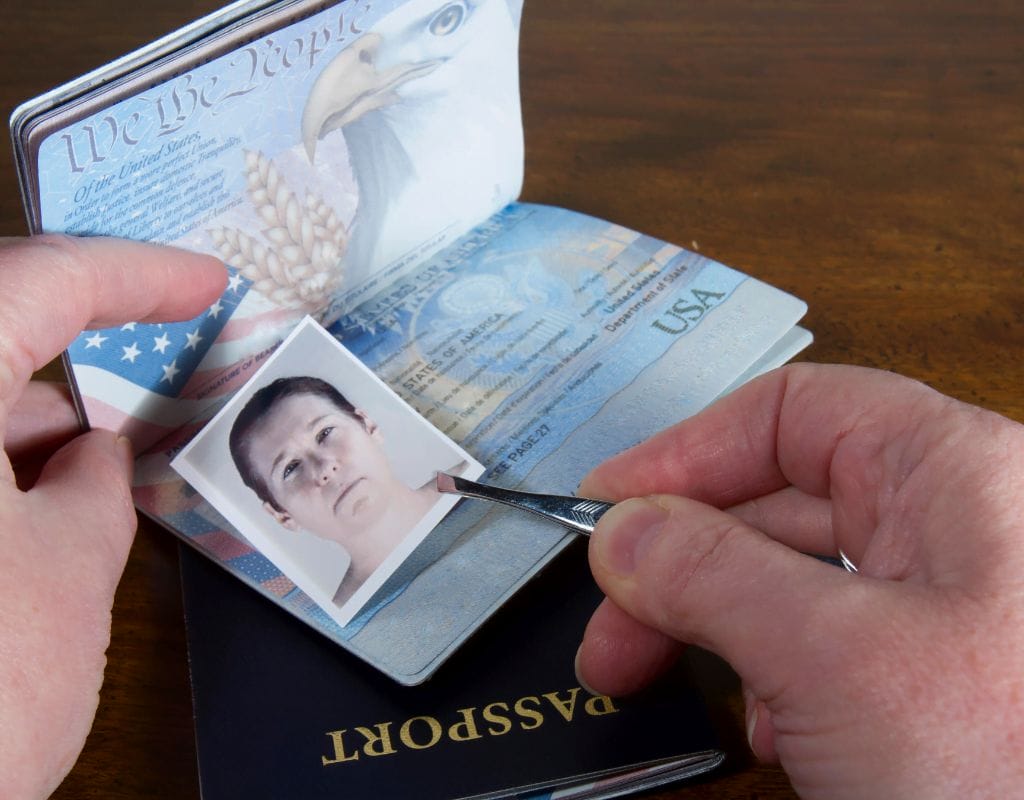As you prepare to immerse yourself in the rich tapestry of European culture, history, and landscapes, ensuring you have the right travel documents is paramount. This guide serves as your comprehensive checklist for exploring Europe safely, detailing everything from passport validity requirements to the necessity of an International Driving Permit. With our expert tips on document organization and security, you’ll be equipped to navigate Europe’s wonders with ease and confidence.
Europe
a continent rich in culture, history, and breathtaking landscapes, awaits your discovery. However, before diving into this adventure, it’s crucial to ensure you have all necessary documents and know how to keep them safe. In this guide, we’ll cover essential travel documents and provide tips on keeping them organized and secure.
Passport:
- Validity Period: Most European countries require your passport to be valid for at least three to six months beyond your planned departure date.
- Requirements for Different Countries: While the Schengen Area has unified entry regulations, some European countries outside the Schengen Area have their own requirements. Always check in advance!
- Safekeeping: Invest in a passport pouch or cover to protect your passport from damages. It’s also advisable to make copies of your passport and store them in a safe place.
Driver’s License:
License Packages – IDL (internationaldriverlicense.org)
- International Driving Permit: If you plan to drive in Europe, you might need an International Driving Permit. It’s easy to obtain in the US and is recognized in many European countries.
Travel and Flight Information:
- Printed Copies: Even in the digital age, it’s wise to have printed copies of your travel and flight information. You might end up in areas without internet access or your phone might malfunction.
- Electronic Backups: Scan all essential documents and store them in the cloud or on a USB drive. This ensures you always have access in case of emergencies.
Keeping Your Travel Documents Safe and Organized:
Once you have your travel documents in order, the next step is ensuring they’re safe and easily accessible. Here are some tips to keep your documents organized and secure:
- Google Drive, Dropbox, or Microsoft OneDrive can be used to store your documents safely in the cloud.
- Apps like TripIt can help you organize your travel information in one place.
- Download essential documents for offline access, especially if traveling to areas where you don’t expect reliable internet.
- Photograph important documents and store them in a dedicated album on your smartphone.
- For added security, consider using encrypted USB drives to store physical copies of your documents.
- Use software like 7-Zip or WinRAR to store your documents in password-protected folders.
- Always have a list of emergency contacts, including embassy or consulate numbers, hospitals, and other essential services.
- Despite all digital solutions, it’s still a good idea to have physical copies of vital documents like your passport, visa, and travel insurance. Store these separately from the originals for added safety.
- Regularly back up your documents, especially if you make changes or add new ones.
- For added security, enable two-factor authentication for your cloud storage accounts.
In conclusion, preparing for a trip to Europe can be overwhelming, but with the right documents and safe storage, you can travel with peace of mind. Stay tuned for the next part of our Europe Starter Kit, where we’ll discuss recommended vaccinations for various European countries!
last check/ 20.01.2024


